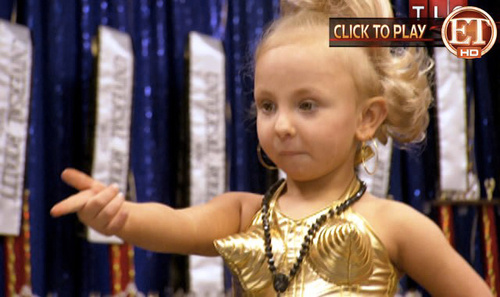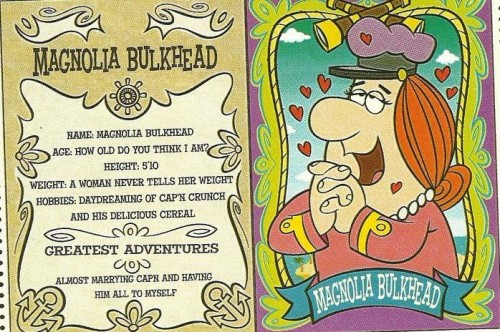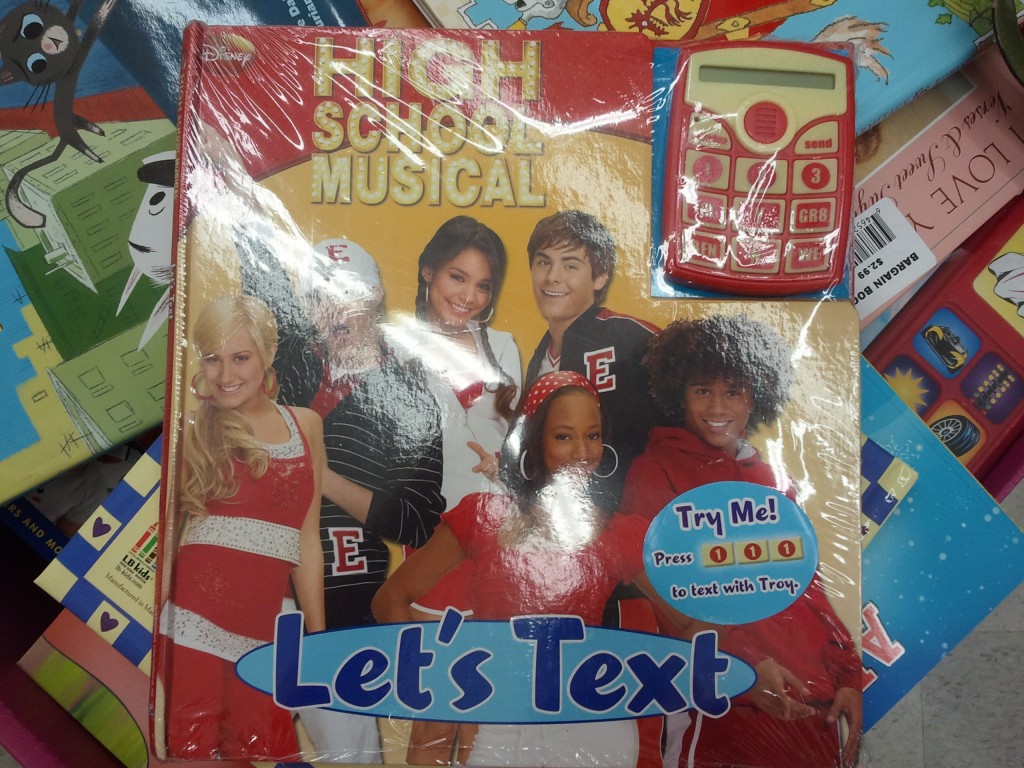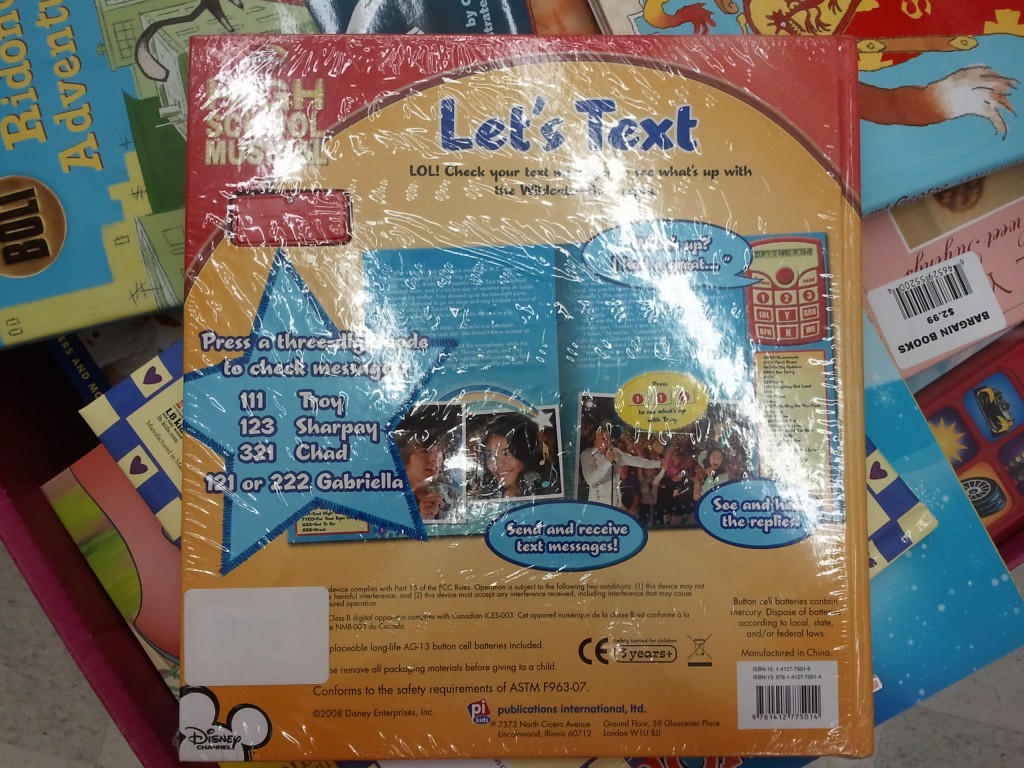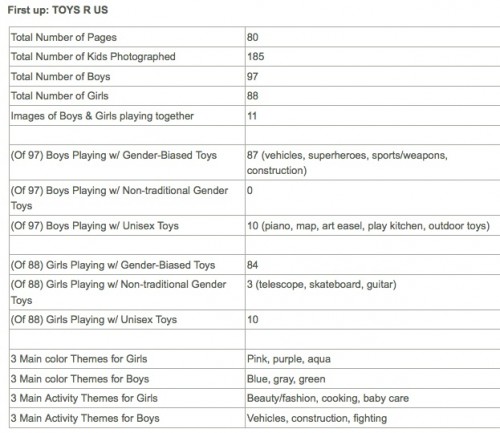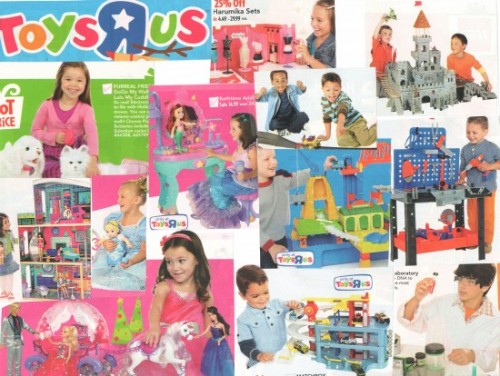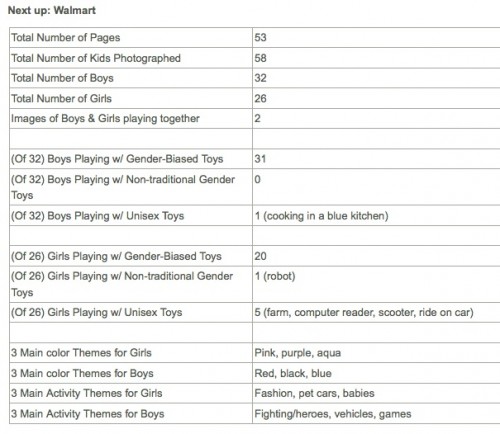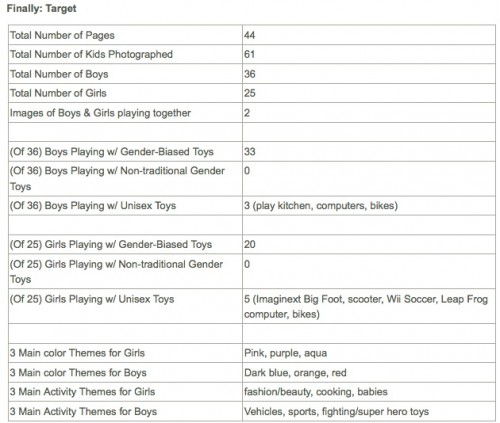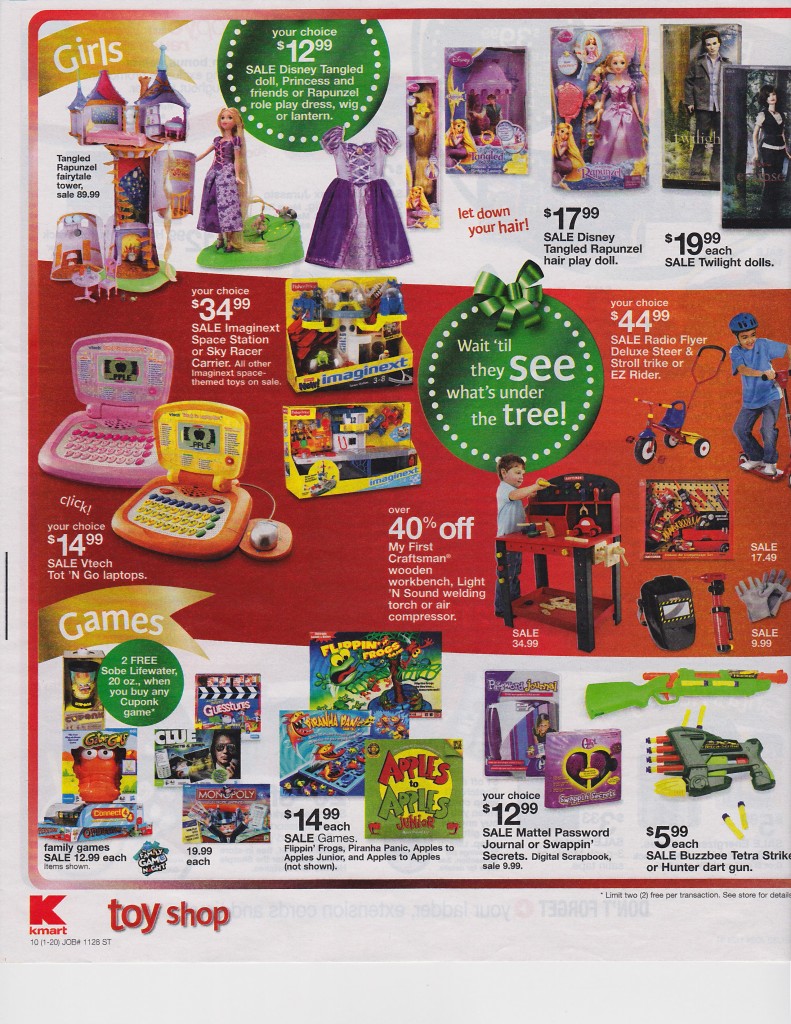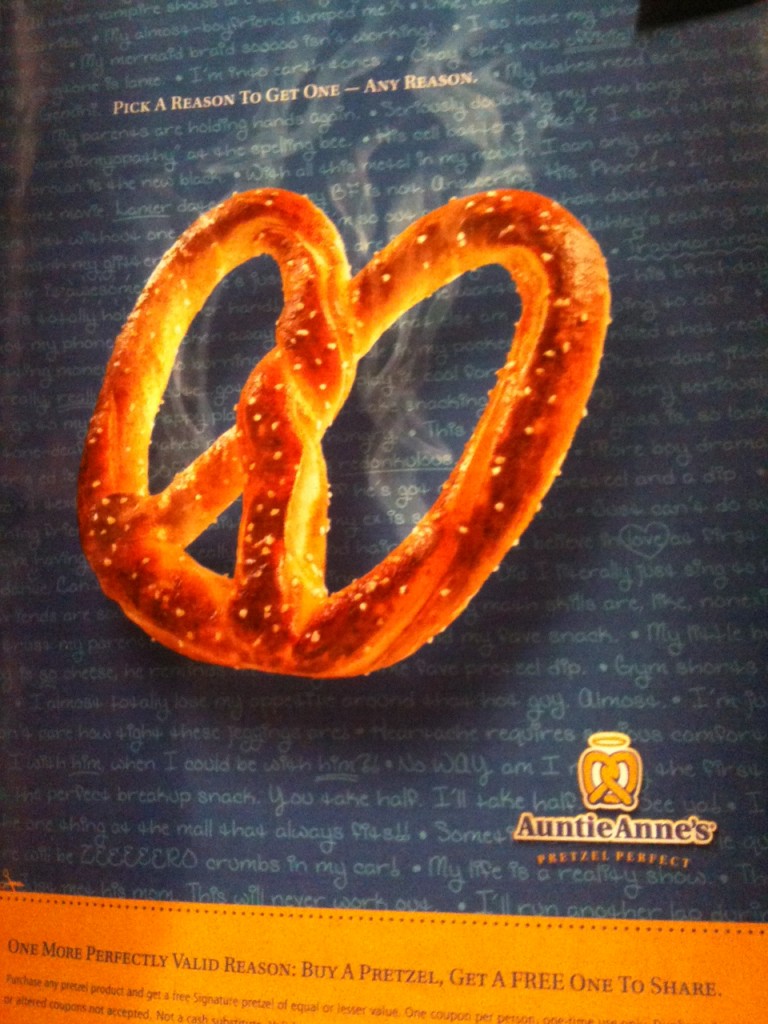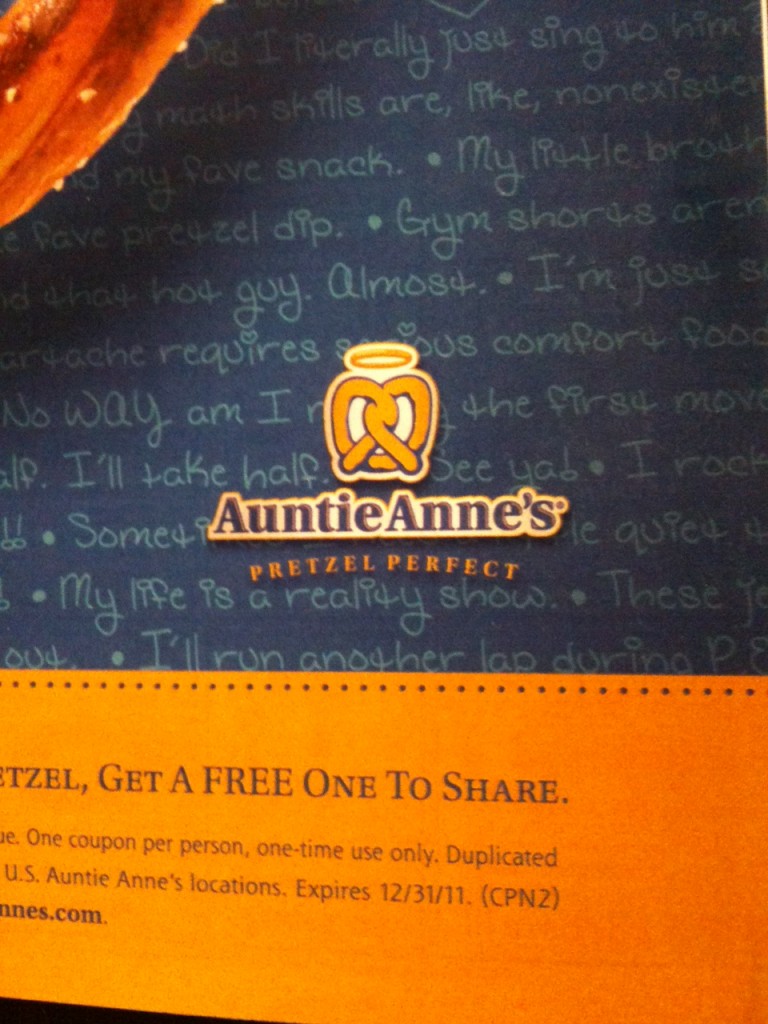In a previous post I embedded a video of a small child worshipping, arguing that it illustrated how children learn “the culturally-specific rules guiding the performance of devotion.” The video below is a similar case, showing how a young child of about the same age, who has yet to learn to speak, has nonetheless absorbed the rhythms, emotional expression, and gestures customary among preachers in the particular faith in which he is being raised:
Discovered thanks to Dmitriy T.M.
Lisa Wade, PhD is an Associate Professor at Tulane University. She is the author of American Hookup, a book about college sexual culture; a textbook about gender; and a forthcoming introductory text: Terrible Magnificent Sociology. You can follow her on Twitter and Instagram.


